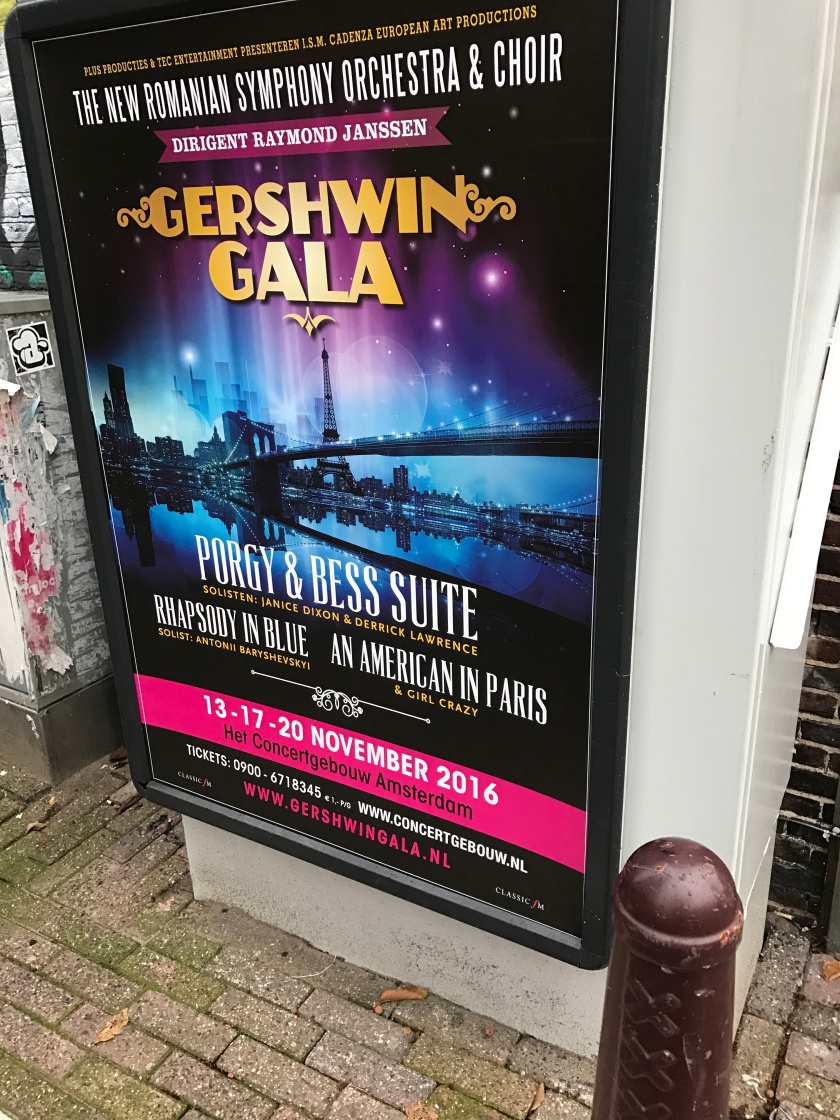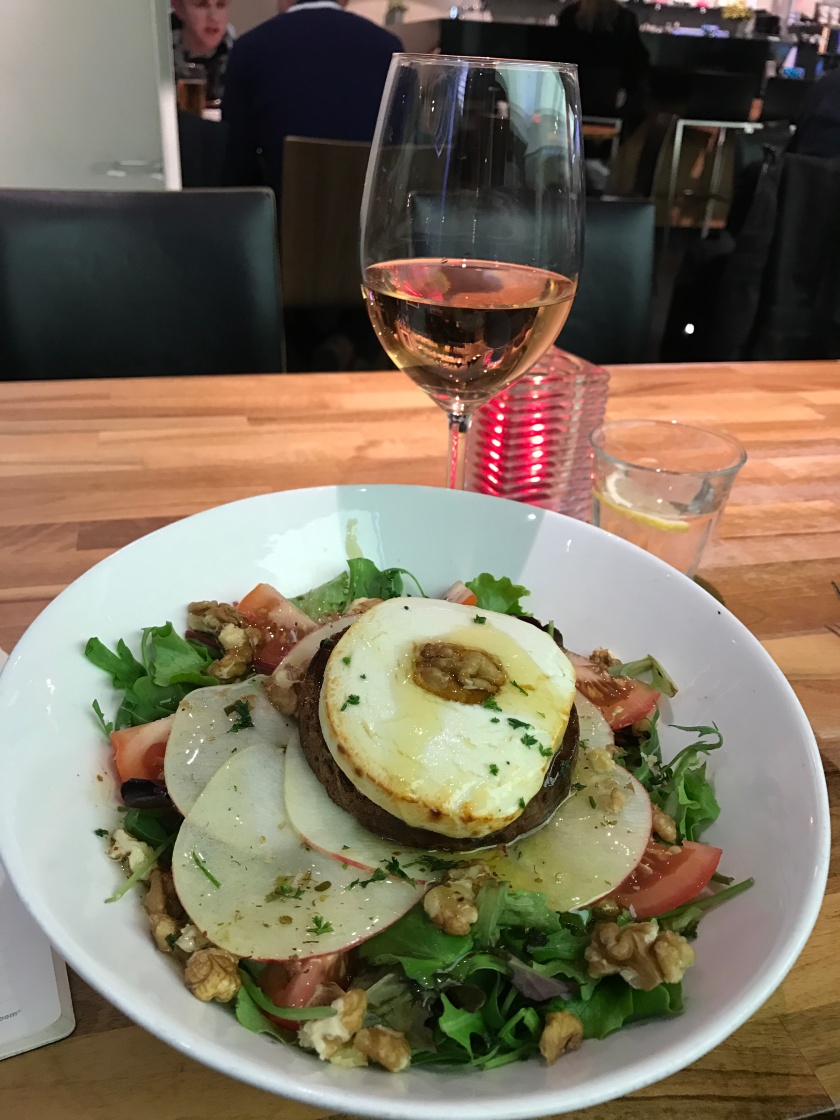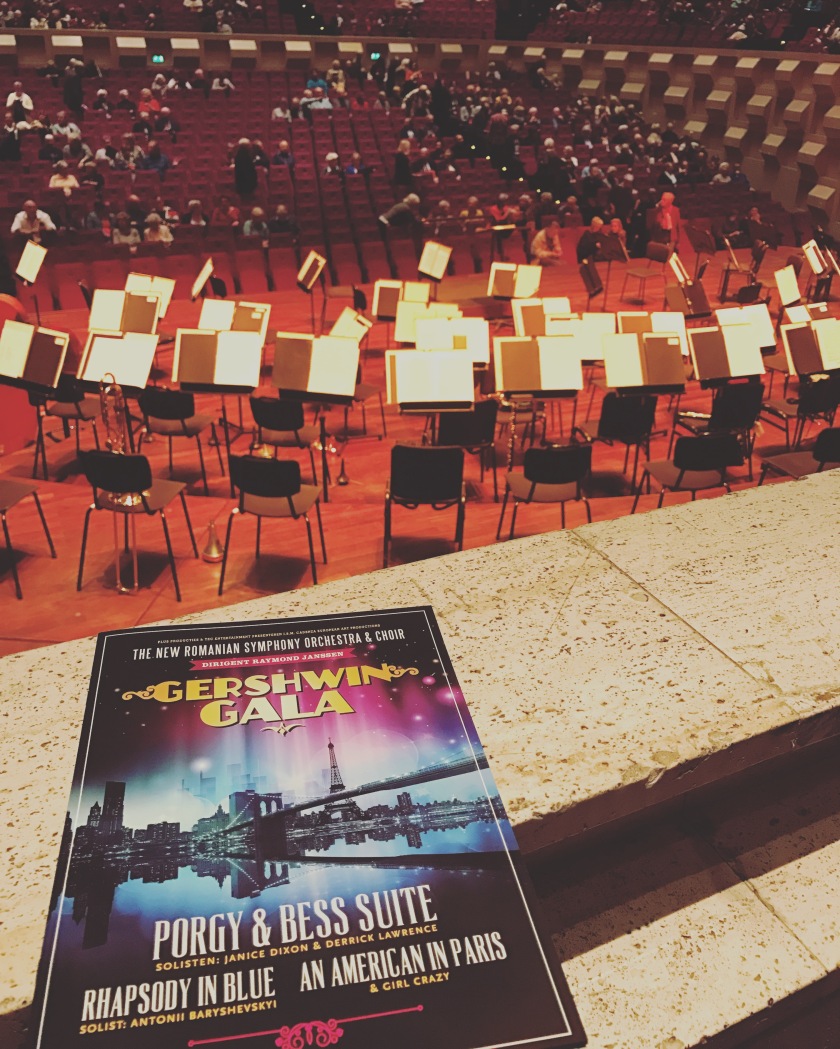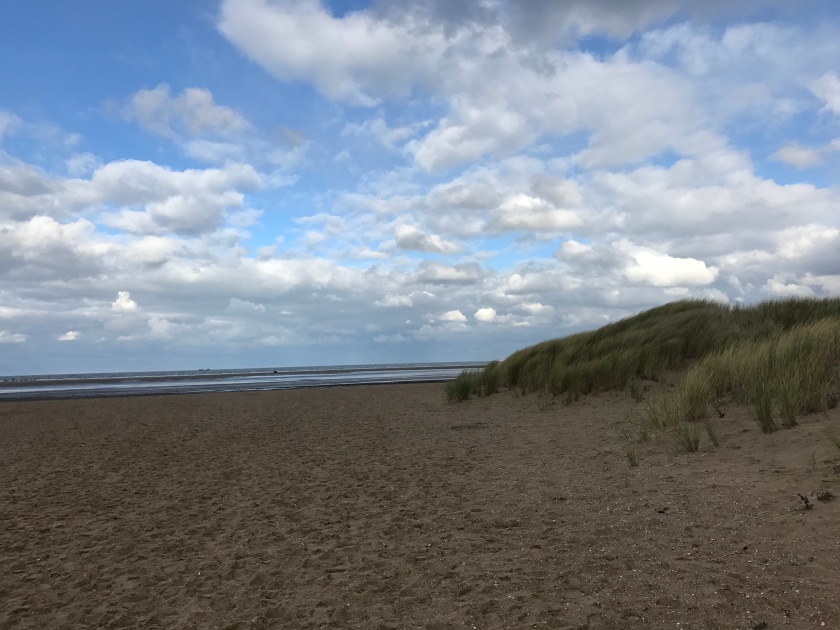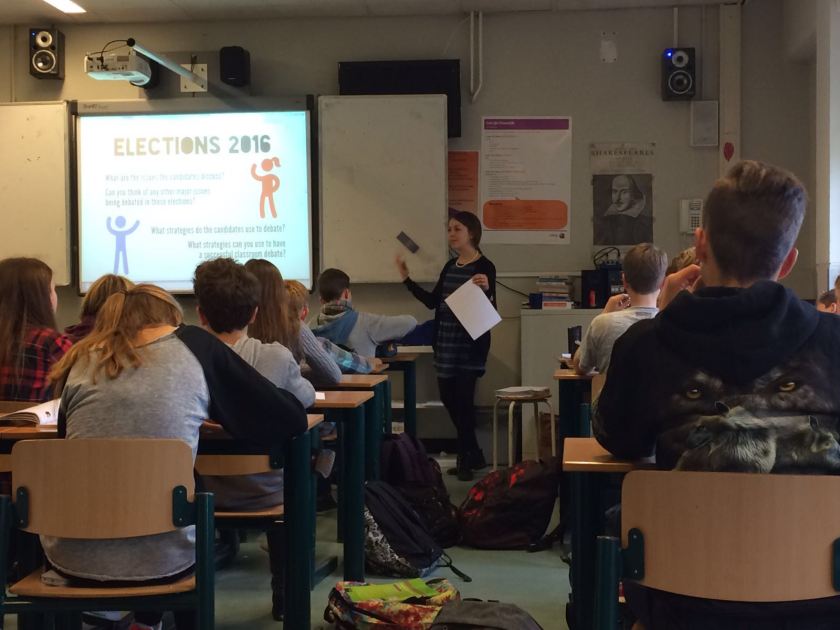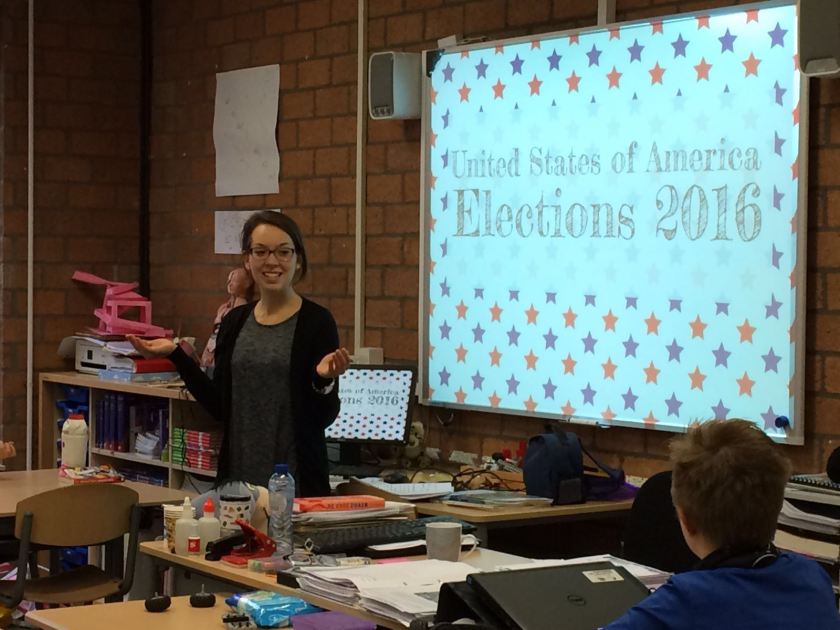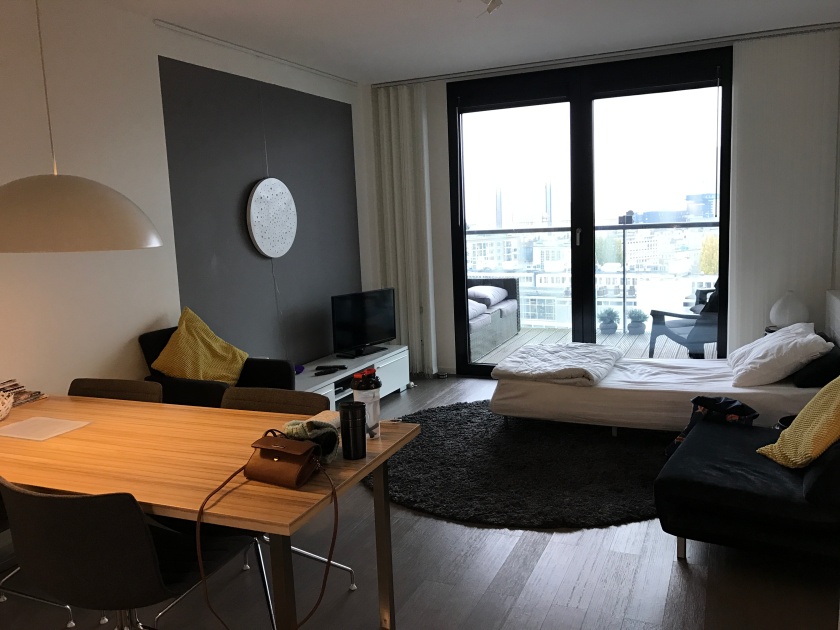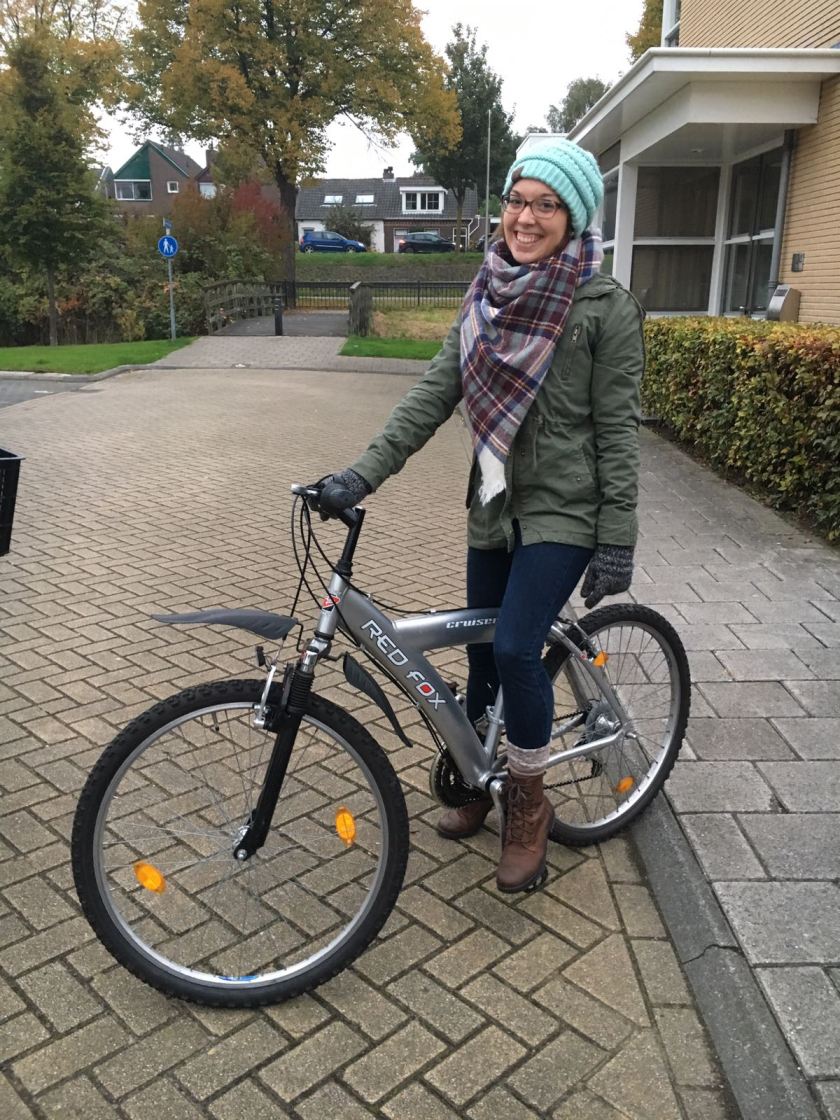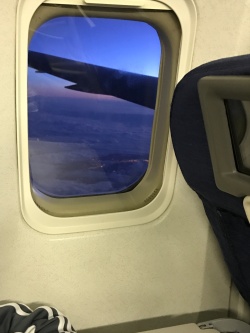Last week I completed my (please please hopefully) final EIU English Language Arts reflective essay, explaining the ways I assess students through the various components–reading, writing, speaking, listening, technology, and media literacy. As I thought back to my home placement, I admitted that those middle two may have been the least covered, but speaking and listening are becoming the two most important functions of language in my time abroad.
Several classroom experiences had me considering the idea of speaking, both in my observations of students and my own teaching. I have now almost entirely taken over several classes, ranging from basic English practice with first years (as young as ten years old!) to more advanced literature studies with upper-level students; some lessons I am assigning exercises straight from workbooks, while in other classes I am creating materials and activities closer to my own interests and previous experience. Then there is the good old Wasp Reporter, a magazine of pop culture and current event articles that students read and respond to every week. But whether I am speaking about Miley Cyrus’s dogs, the electoral college, ancient Greek drama, or the past participle, I am learning to be very intentional and articulate in the words I use to express my ideas and ensure that students can and do understand.
And clearly these efforts are paying off–just this week it was announced that the Dutch have surpassed the Danes and Swedes and now rank #1 as the highest proficient non-native English speakers. Not merely coincidental that this change happened after a few weeks wth Miss P in town, right?
No, but I’d say my communication skills have been even further challenged through classroom management. Whereas most of the students listen intently, nodding and smiling at whatever it is I have to say, there are a few rowdier classes. So it’s not just attempting to access their content-specific, level-appropriate vocabulary but also telling them to chill out and quiet down, gaining their attention and respect despite the language barrier that often just leaves me cringingly, ineffectively shhhhing. It gets frustrating, but I am also realizing how much language differences affects the students as well.
For example, the other day, a class was giving book reports. The first presenter shared a fascinating description of Virginia Woolf’s biography of Elizabeth Barrett Browning’s dog. She spoke so passionately, so fluently, but so so fast. The teacher bluntly but supportively commented that she will need to calm her nerves and slow her speech in preparation for the upcoming oral exams. The kind of pressure associated with these high-stakes assessments became evident in the next presentation–the student was clearly so well-prepared and rehearsed that when she stumbled over a word she couldn’t recall, she could not continue and completely shut down to silence.
Speaking is difficult, in mother and foreign tongues, but it is so necessary–as a Common Core ELA strand to measure student development, sure. More fundamentally and importantly, though, it is an essential means of communication that enables us to understand each other, to teach each other, and, why not refrain to an earlier post, to learn to be better people together.
I had already started writing about this on the Metro ride home from the field trip I took on Friday–while the group was talking to each other in Dutch, I started scrawling in my journal, but I was gladly interrupted by a student who came and sat down next to me to ask a few questions and engage in a great conversation. She not only showed off that #1 Dutch proficiency but also curiosity and confidence–the same kind of confidence, by the way, that her peer was able to regain with the book report when she reentered the room and completed her presentation.
These students are seriously so impressive, and as we speak and listen together, they’re making quite an impression on me, especially during that trip to Den Haag. I had the neat opportunity to travel to this cultural and governmental center with a group of fifth-year students and three (all very very tall) teachers. As a student teacher in this setting, I was feeling a little more like the former part of my role than the latter, partly due to the height difference but more so in they way they taught me about the city in general and the specific sites we visited.
First was the Gemeentemuseum, which hosts an extensive collection of Piet Mondrian. The museum itself is often thought to have been especially with this Dutch artist’s style in mind, with its gridded lines and stark contrast of copper against yellow bricks (different from the typical Dutch color scheme–also, I’ve started noticing how often this phrase is used to classify anything from croquettes and brick color to mannerisms and frugality. It’s all just “typical Dutch,” and it’s so typical Dutch the way they always proudly but modestly state it with a small smile and slight shoulder shrug), but one teacher first explained outside the building, it was constructed with the idea that “form follows function.” The fact that the acquisition of Mondrian’s works functioned to fit the form so well is merely coincidental.
As we entered the museum, this teacher actually came up and apologized to me, explaining that beyond this little architectural catchphrase, the rest of his lecture throughout the tour would be in Dutch. He said that if he could share the stories in English, he would, but he could only find the true meaning in his own language. I told him he didn’t have to worry–art doesn’t need words. But as I stood listening among the students, I understood the profundity within his remarks through his inflections, his gestures, and his eventual dancing in front of Mondrian’s final work, “Broadway Boogie Woogie.”
After such a performance, he deserved the coffee break that followed; when the students were released to explore another exhibition of sculptures, the teachers snuck–literally snuck, at one point, through a full-scale, interactive labyrinth piece–down to the museum’s café, which of course elicited dramatic jealousy from the kids when they discovered us with warm beverages, and, ohh yes, typical Dutch Dutch apple pie. Similar responses were voiced later when, in that classic field trip kind of way, the teachers accidentally returned late from lunch to the appointed meeting spot. Again, another situation where without comprehending their words, I could perfectly understand everything the kids were saying through their dramatic whines.
Their complaints subsided, though, by the time we reached our next destination, Mauritshuis, a museum that contains the Royal Cabinet of Paintings, including Vermeer, Rembrant, and other artists of the Dutch Golden Age. The gilded nature of this period is reflected (sometimes also literally) in the lavish interior and contents of the home, which counters the typical Dutch conservative sensibility.
For example, contrast this lovely, ornate, creepy candle holder within the house to the simple tower found just outside the museum–this is where the Dutch Prime Minister works. So gezellig.
The students were again released to explore the art on their own, which left me with the privilege of a personal tour guided by that same teacher, this time in a language where I could fully understand his incredible descriptions. He not only shared his interpretations of the pieces but also explained how they were created and how they fit into the context of the home–what they might say to guests if art did have words.
I listened in complete awe until he typical-Dutch-melodramatically grabbed my shoulders and led me to the Netherlands’s greatest artistic pride: Girl with a Pearl Earring. He just let me take her in in silence for a few moments, before again offering his ideas, telling me the history of the lady who may have inspired the portrait and pointing out the perfect focal triangle across her eyes (looking), her adorned ear (listening), and her lips (glistening and parted ever so slightly as if maybe just maybe speaking).
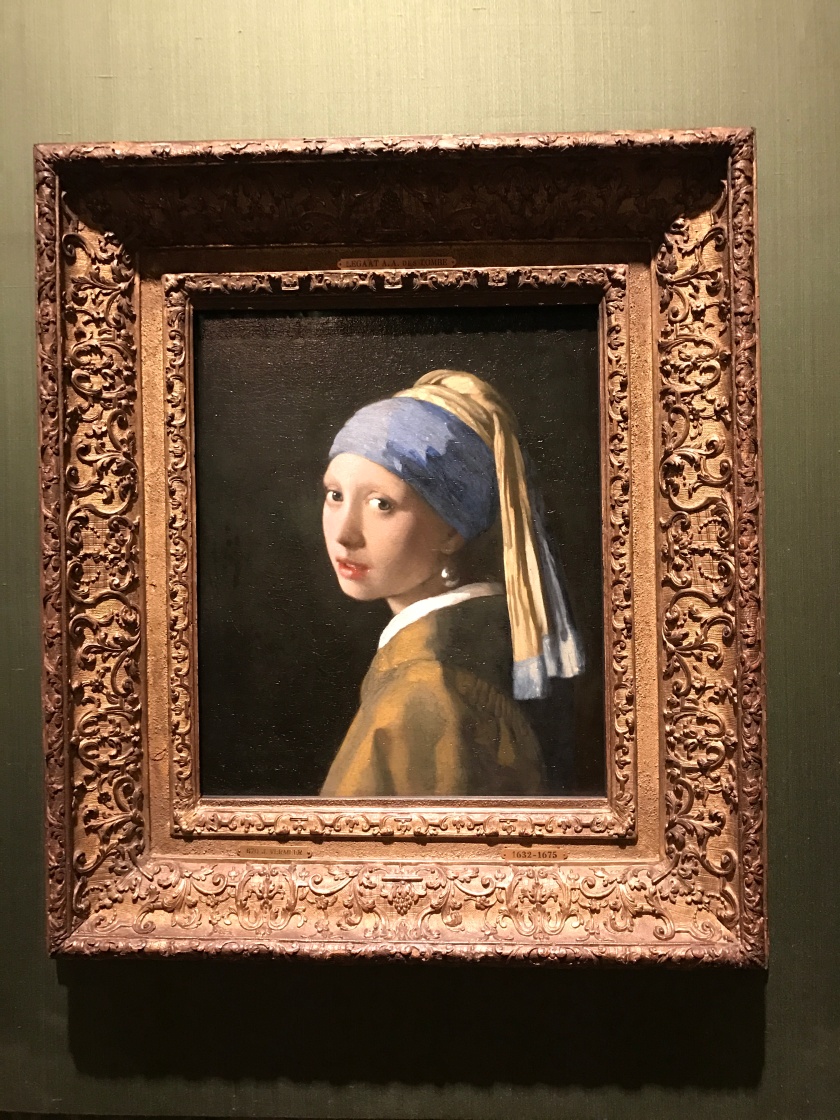
Like how all art derives from some kind of inspiration, I can’t make this stuff up. These connections just happen along the way and sometimes become recognizable when I have the time to sit and think and write about it all (you know, just engaging an essential ELA strand before putting yet another to use through my media literacy skillz in the space of this blog). Like I mentioned, I had started composing this post on the Metro ride home, then I picked it back up the next day on what ended up being a much-longer-than-expected train ride to Utrecht to visit our COST program coordinator. It was only through actively speaking and listening to a stranger that I was able that due to a jumper on the tracks (uh yikes), our direct route was cancelled, and we had to follow this new friend from station to station all divertedly around the nation, leaving me even more thankful for the Dutch and their number one bilingualism.
The learning never relents, as, apparently, don’t the public transportation issues. I am just happy and grateful to be along for whatever ride it all brings.





